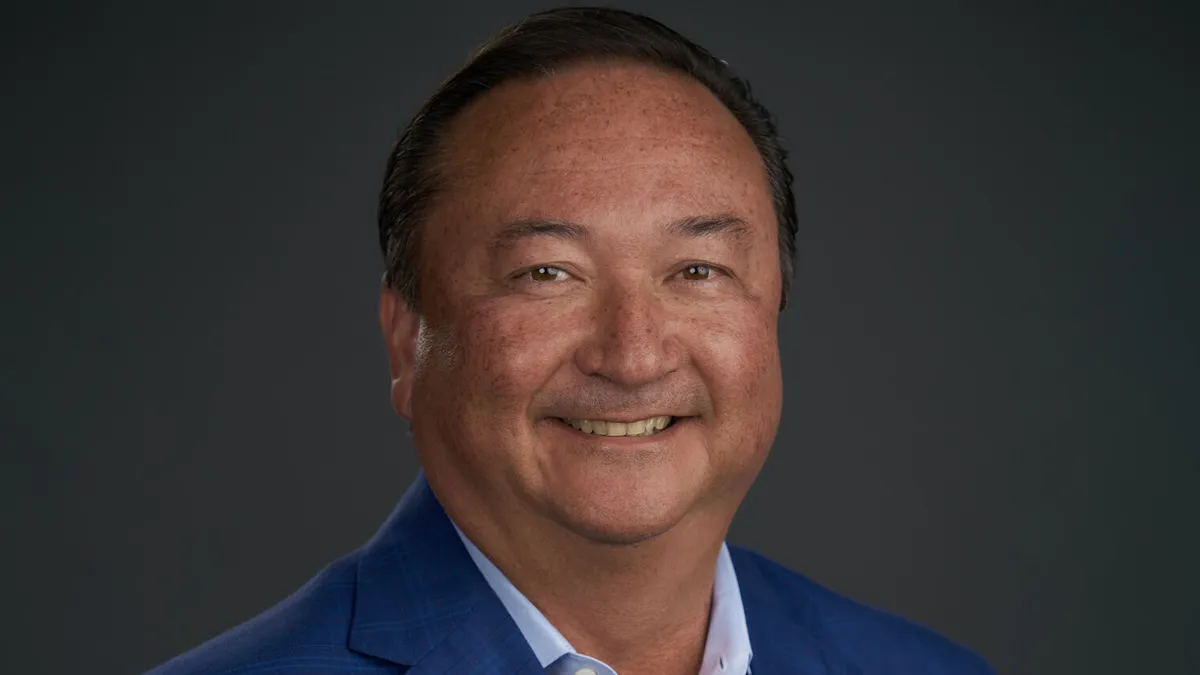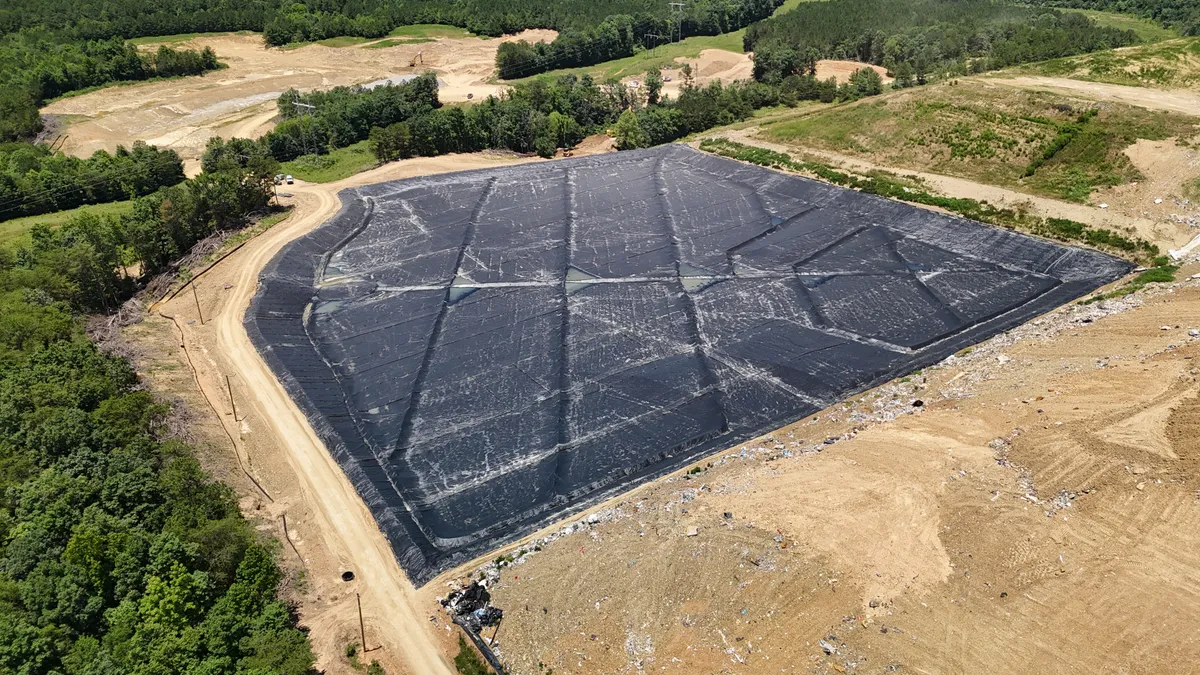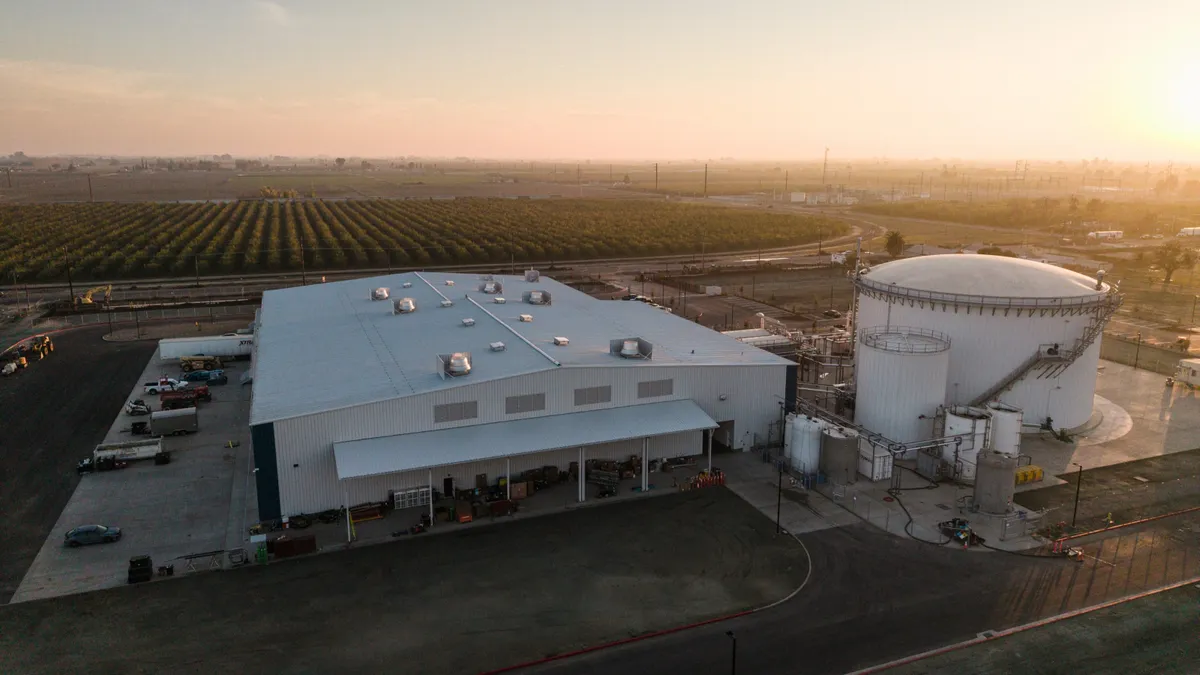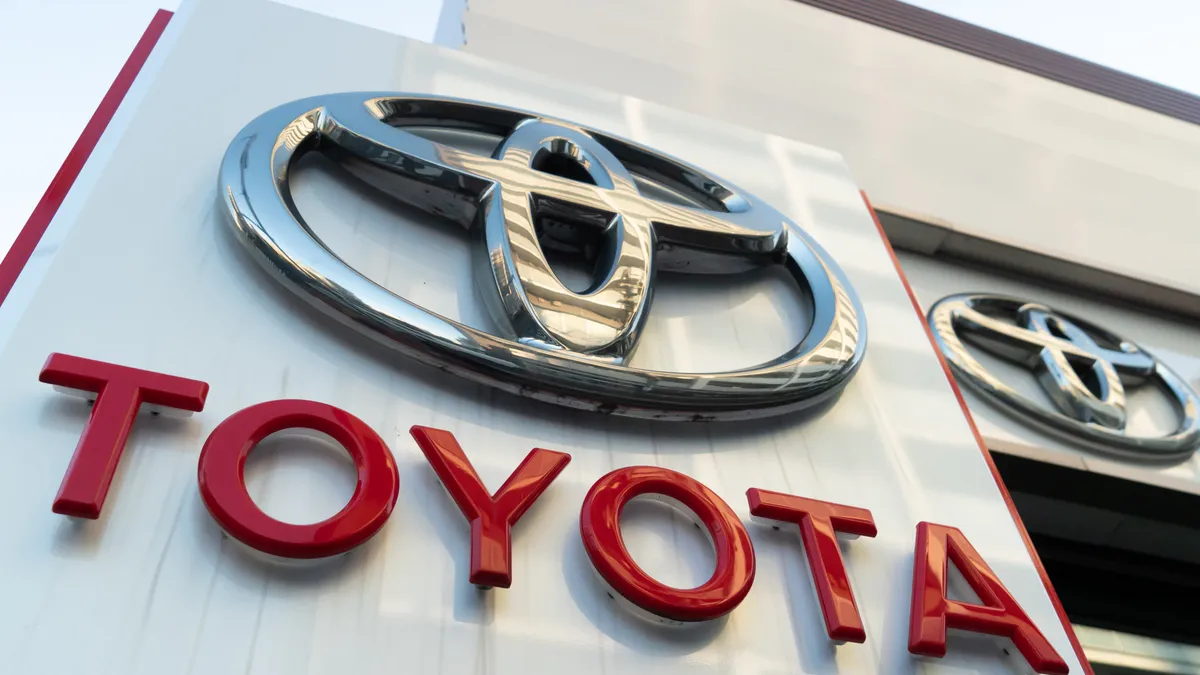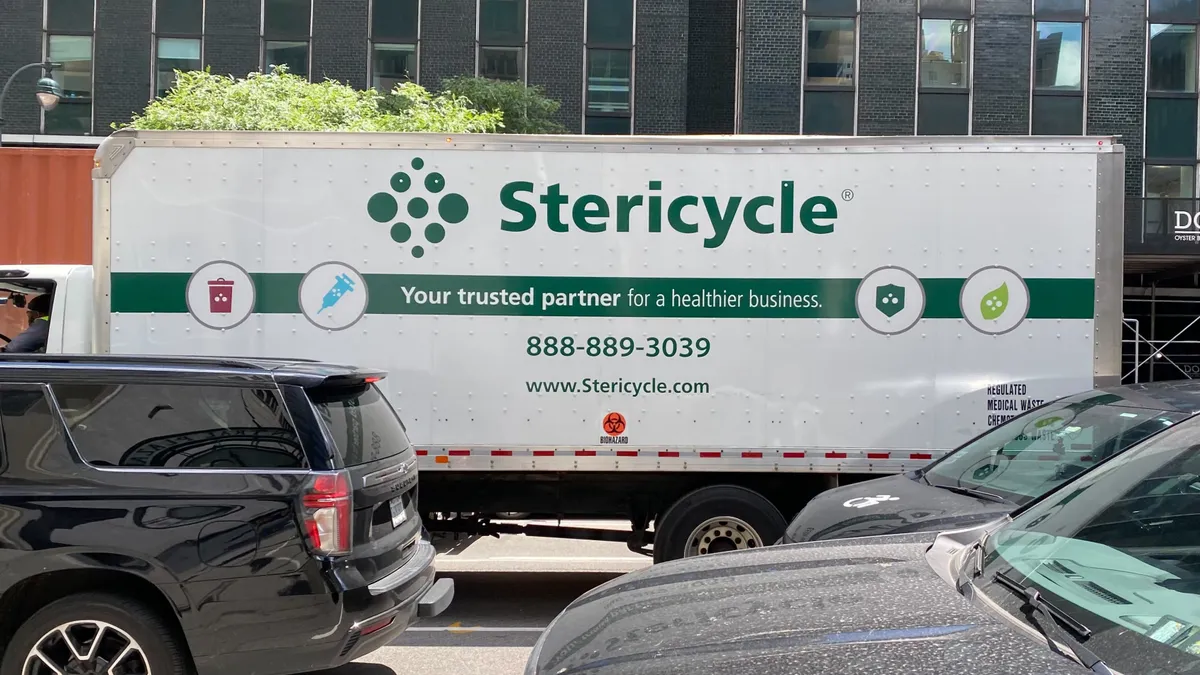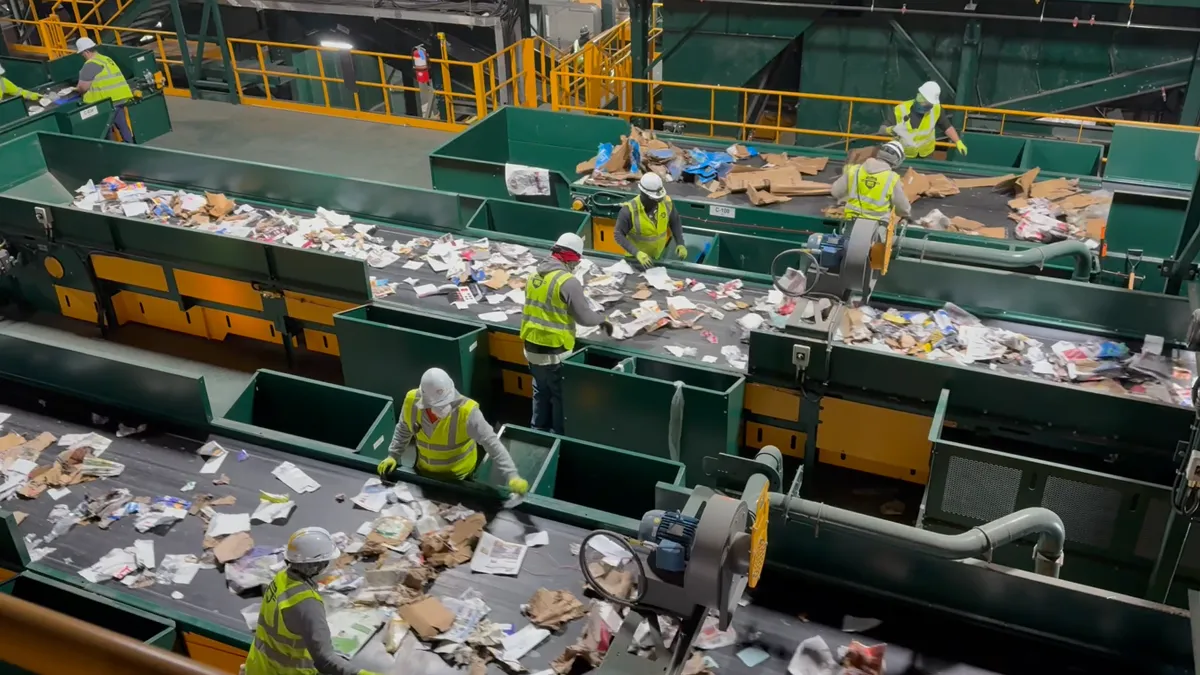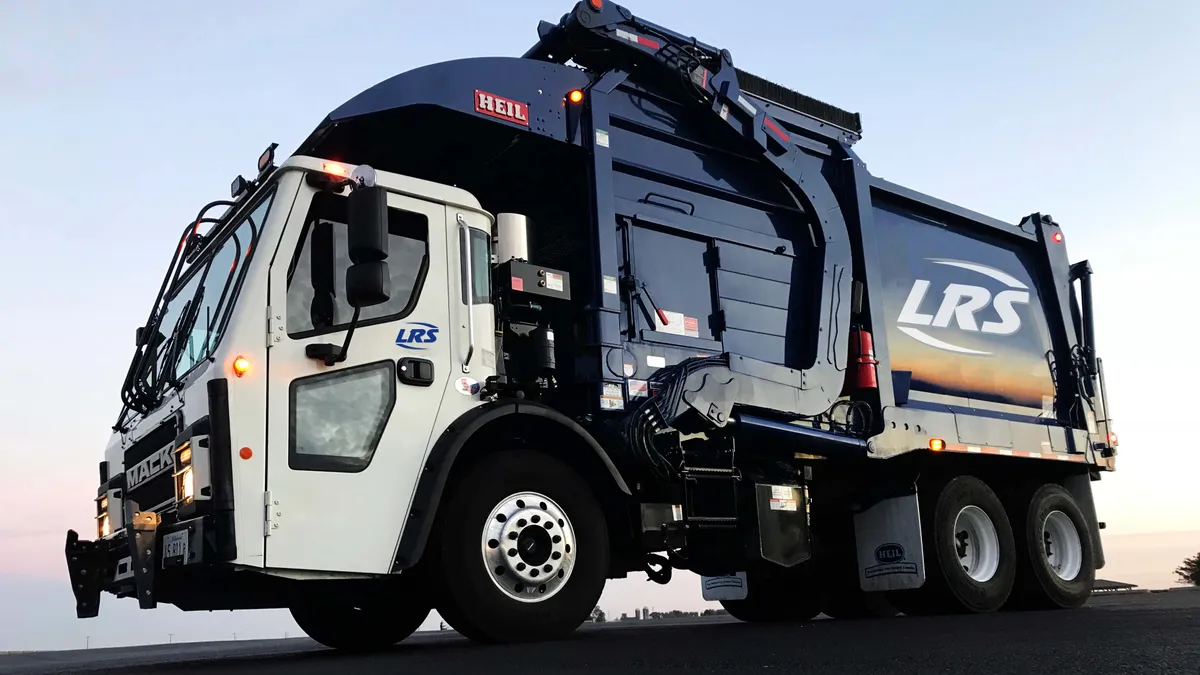Stericycle is balancing customer demands for sustainability solutions with its long-term strategy to improve efficiency.
The company, which offers regulated medical waste incineration and secure document destruction services, has been working for the past few years to implement a major enterprise resource planning system meant to streamline nearly every operation. It has also gone through a series of divestitures, invested in facility upgrades and undergone a series of layoffs, while also working for the last few years to reduce debt and improve its debt leverage.
Cory White, Stericycle’s chief commercial officer, says the company’s drive to optimize its services will help it meet long-term sustainability goals, even as the industry faces economic and labor challenges. State and federal regulations, extended producer responsibility laws, global net zero goals and customer demand for more transparent operations will all shape how the company operates in the future, he said. “Sustainability is a big part of what our customers are asking for help with,” he said.
White talked with Waste Dive about Stericycle’s path of optimization, including how data collection and enterprise resource planning (ERP) insights have driven the company’s daily decision-making around workforce, fleet management, recycling improvements and greenhouse gas emissions goals.
This conversation has been edited for length and clarity.
Can you give us a sense of what Stericycle’s efficiency path looks like right now, and what tools you’re using to get there?
CORY WHITE: Yeah, it's been an interesting couple of years as we've shifted from our former key business priorities to leveraging our ERP to bring a new set of key priorities forward.
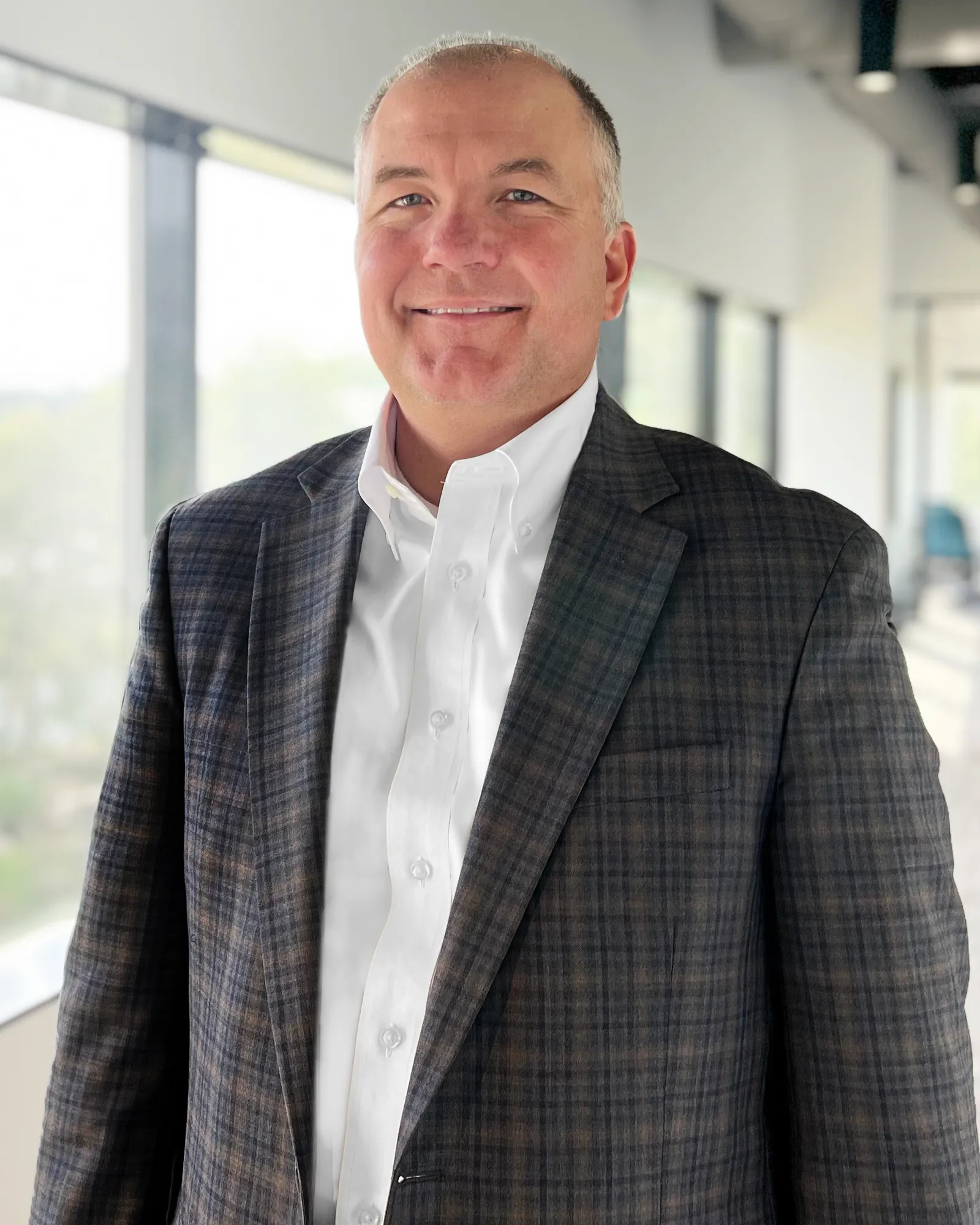
Every aspect of our business was impacted in some way over the last five years as we've rolled out different components of this ERP. We have better visibility today into our business — everything from the time a customer is onboarded through the first service through the first bill. We have insight into every container we pick up and how it's disposed of and how we report and help our customers with state compliance.
Obviously, we're looking to do things more efficiently, and sometimes more efficiently also is a byproduct of being more sustainable. [In the first half of 2023] we drove 2.3 million miles less in North America than in the same time in 2022, so that just gives you an idea of what happens when you invest in a routing software that enables you to really leverage those insights. We have also seen a significant improvement in the age of the fleet over the last five years, which brings enhancements in fuel efficiency and reduction in the cost of maintenance.
We are testing some electric vans, especially in densely populated areas. Most of that has happened in Europe on a small scale, but there's still some opportunity for improvement both in the product and the ability to use it. This is an area where we are eager to be part of the solution. Fleet is certainly a big, big spend for us, but also a big opportunity. We've committed to be net zero by 2045 in the U.K. but also as a company globally by 2050.
You’ve mentioned that customers want to see Stericycle offer more guidance or solutions with respect to sustainability. What is the company doing in that regard?
We have several new facilities, including McCarran [a regulated medical waste incinerator in Nevada], which is on track and scheduled to be completed sometime in Q2 or Q3 of 2024. We will start testing that facility with the idea that it will be fully operational sometime in 2025.
That incinerator is really critically important to our sustainability story. One, there's going to be a fairly significant reduction in miles that come from the ability to have incineration closer to customers on the West Coast. That will be a waste-to-energy plant, and it will also be a closed water plant so there won't be any industrial wastewater released into that area.
At the same time, our customers are more concerned than ever before about scope one, scope two and scope three emissions. Most of our customers have also committed to net zero greenhouse gas reduction efforts from HHS that came out last year. They're looking to us to help out, because most of these initiatives start and end with waste.
There's a lot of focus on using the data we derived from our [ERP] system to help target better segregation, which is a big, big deal. How do we segregate food waste more effectively, how do we recycle more of what comes out? We're moving more and more waste into recycling than we've ever had before and we're getting better and better at catching product waste.
We're also getting better at what’s called med device recovery. A number of our customers are coming to us saying ‘How can we intercept [medical devices] in the waste stream and recycle these?’ We’re talking about these one-time-use medical devices that can cost hundreds of dollars. It’s a lot of plastic, a lot of metal and a lot of batteries. We’re excited about the improvements there.
Another thing we’re interested in is extended producer responsibility laws around the country. Large manufacturers are being asked to be more involved, and we’re trying to be part of that solution as well, specifically on the pharmaceutical side. We're working very, very closely with a number of government agencies to drive more accountability in that space.
Sharps and med devices in particular are critical to us. I was just thinking about this past week the number of Ozempic pens that are on the market, which have a sharp and also some plastic. You use it for a month and then throw it away. We’re working with a number of pharmaceutical companies on this.
Stericycle also announced a couple rounds of layoffs in recent quarters. Can you say more about what that actually looks like in terms of the types of workers who were affected and what the workforce plan is going forward?
Yes. Attrition and careful rehiring is certainly part of that too. A certain portion of that workforce reduction just came through kind of natural ebbs and flows in the business and being really careful about where we rehired and how we rehired.
The other component of that clearly was a reduction in force, and those actions have largely been completed. Some of it is related to the rollout of the ERP system. We anticipated that it would make some of the administrative functions easier and more efficient, so the targeted reductions were in areas where we saw enhancements and efficiency related to the ERP rollout. The [job losses] were across the board, but [particularly] in shared service functions [such as workers who enter data, generate invoices and prepare customer reports], while drivers and salespeople were less impacted.
It was incumbent upon us to look at the organization to find areas where we could justify reductions based on a productivity standpoint. We'll always look to continue to optimize the business.
Over the last couple of years, Stericycle has also been doing some divestitures. What is the focus for Stericycle in North America now, and what are the main priorities for business, especially in terms of what's happening with M&A in the U.S. and Canada?
We're kind of moving into an optimization mode for ourselves, which will include all sorts of opportunities, whether it's buying and selling. We have obviously acquired a couple of businesses over the last year [including a regulated medical waste company in the Southeastern U.S. in January.] It's really been to narrow the focus of what we do.
We have divested of some of the communications assets that we had as a company in North America that were focused on patient engagement, and we divested of our hazardous waste business. We've divested of some geographies [such as Southeast Asia, which included some shredding assets] and I suspect we'll be opportunistic in the future.
What we're left with is what we consider to be our two core marketing businesses which are regulated waste and compliance services, dedicated exclusively to health care, and [the shredding business.] Both are growth businesses for the company and they play a key role in not only protecting public health and wellbeing but in making the world a safer place.
How are you thinking about the shredding side of the businesses in terms of how to work within volatile commodities markets in recent years?
I don't think we’re going to change our strategy on the way we handle commodities. We rolled out a recycling recovery surcharge in an effort to try to deal with some of the volatility that was already manifesting in the paper markets as early as 2019 and really into early 2020. It was a wild ride during the pandemic. Everybody rushed out to Walmart and bought, you know, 15 packages of toilet paper. This wild ride kind of [continued] into 2022.
We anticipate the market to stabilize into a fairly historic pattern of somewhere between $140 and $160 per ton, and we believe the strategies we have in place today are adequate to cover some of the the upside and downside risk.
We like the shredding business a lot. Coming out of the pandemic, we've had to deal with customers evaluating their footprint, especially large retail customers. Large healthcare customers were evaluating how many days to be in the office and what that footprint looks like, but there is still pretty good demand for [shredding] business.
An interesting thing is that we have seen a decline in the amount of paperwork collecting, but we've also seen a renewed focus on data security and physical assets. So there's demand for that service and we continue to tap into that.








